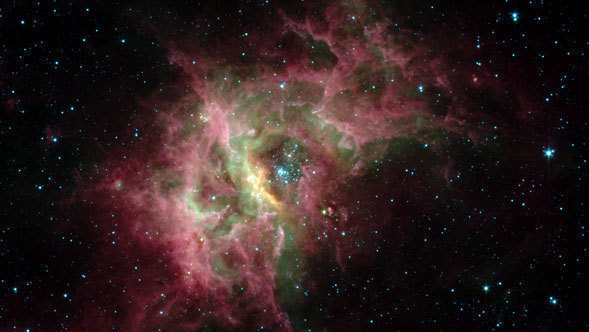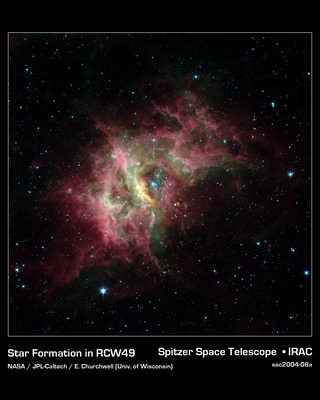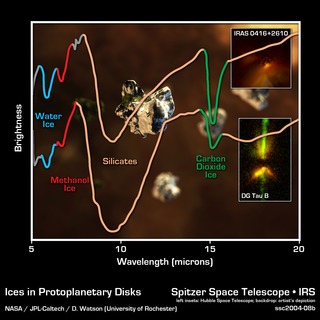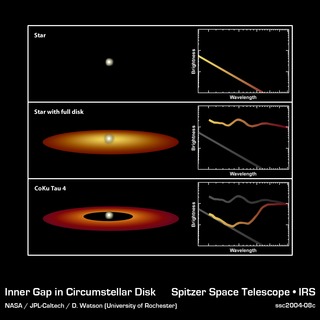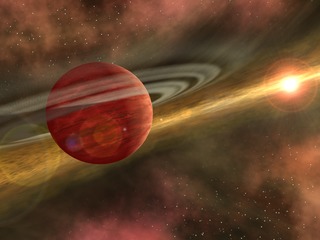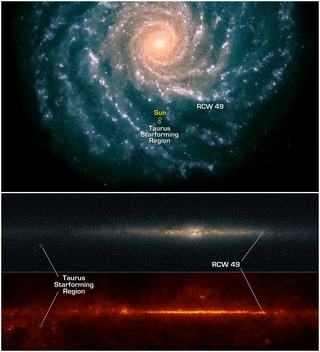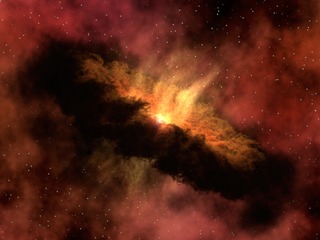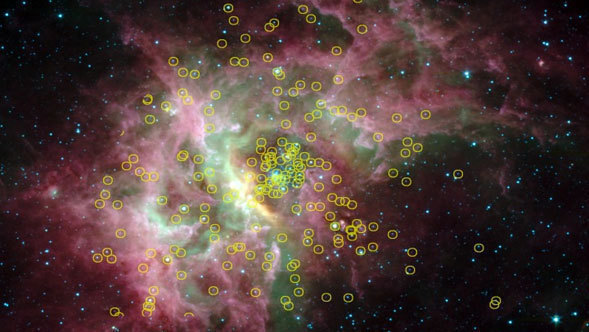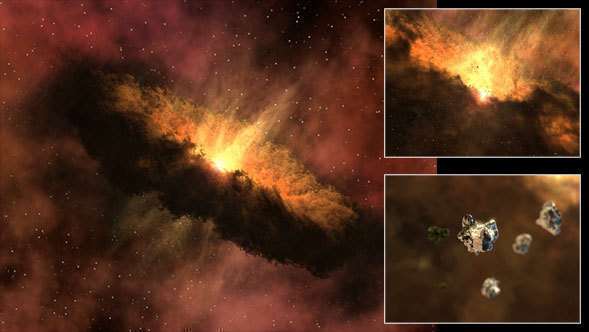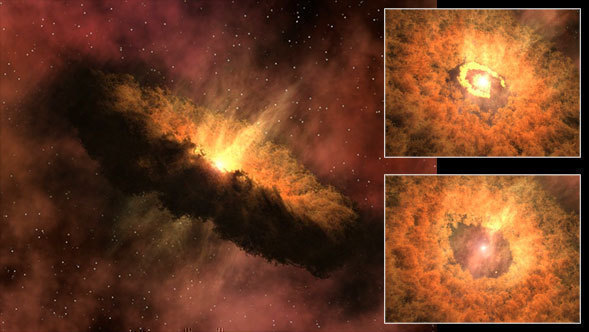Forming a Planetary Gap
Science Animations Video • May 27th, 2004 • ssc2004-08v3
Astronomers are using NASA's Spitzer Space Telescope to probe the structures of circumstellar disks, the dusty disks that surround young stars, to look for the earliest signs of the formation of planetary systems. Examining young stars in the constellation of Taurus known to have such disks, Spitzer's ultra-sensitive infrared spectrograph instrument has detected the clearest evidence to date that an inner gap has formed in the disk surrounding the star CoKu Tau 4. Such a gap could indicate the presence of a new planet that has formed from the missing material.
This animation illustrates one possible scenario for the formation of an inner gap. Initially we see the circumstellar disk around a young star, made of the dust, ices and gases from which planets might form. As we move in to view the inner disk, an unstable ripple forms in the inner part of the disk. The force of gravity acts upon this ripple, allowing the material to rapidly condense into a new planet. The innermost portions of the disk that did not condense onto the planet rapidly spiral in and accrete onto the star, adding a little more to its final mass.
Video Credit: NASA/JPL-Caltech/R. Hurt (SSC/Caltech)
